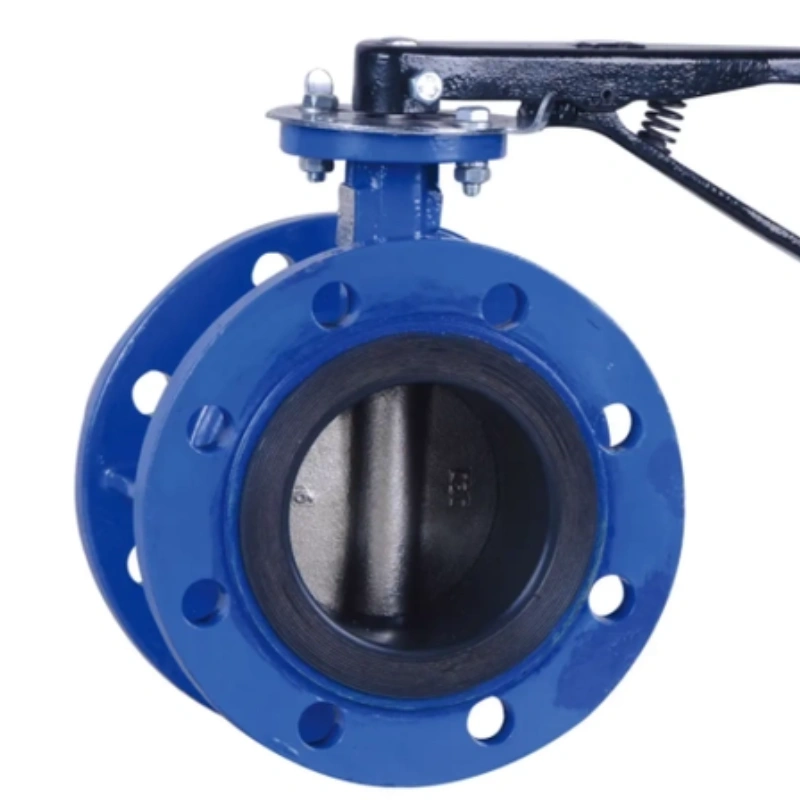дец . 12, 2024 10:01 Back to list
runout tester
Understanding the Importance of Runout Testers in Quality Control
In today's competitive manufacturing landscape, ensuring the precision and quality of components is crucial. One of the key tools utilized in this context is the runout tester, a device that measures the amount of runout present in rotating parts, such as shafts, bearings, and wheels. This article aims to delve into the significance of runout testers, their operating principles, and their applications in various industries.
What is Runout?
Runout refers to the deviation of a rotating object's centerline from its intended circular path. It can occur in two main forms radial runout and axial runout. Radial runout measures the variation in the distance from the center axis to the outer edge of a rotating part, while axial runout assesses how much a part wobbles along its axis of rotation. Excessive runout can lead to vibrations, accelerated wear, and premature failure of components, making it essential to monitor and control this parameter during manufacturing and assembly.
How Does a Runout Tester Work?
A runout tester typically consists of a probe, which is mounted on a stable platform and positioned in contact with the component being tested. As the part rotates, the probe measures the radial or axial displacement, providing real-time feedback on any runout present. The readings are often displayed on a digital screen or recorded for further analysis. Some advanced runout testers also come equipped with software that can analyze trends over time, providing predictive maintenance capabilities and aiding in quality control.
The setup of a runout tester generally involves the following steps
1. Mounting the Component The part being tested is securely mounted to prevent movement during the test. 2. Positioning the Probe The probe is adjusted so that it makes contact with a specific point on the rotating surface.
runout tester

3. Performing the Test The component is rotated at a controlled speed, and the probe captures displacement data.
4. Analyzing the Results The readouts indicate the level of runout, allowing manufacturers to determine whether the component meets specified tolerances.
Applications of Runout Testers
Runout testers are employed across various industries, including automotive, aerospace, manufacturing, and robotics. In the automotive industry, for instance, the precision of rotating elements such as crankshafts and brake rotors is critical for vehicle performance and safety. Regular testing ensures components are within acceptable tolerances to prevent vibrations and enhance overall vehicle reliability.
In aerospace, where safety is paramount, runout testers are used to measure critical components such as turbine shafts and landing gear. Even slight deviations can have serious consequences, making accurate measurement essential.
Additionally, in the manufacturing sector, runout testing is integral to production lines where rotating machinery is involved. By routinely checking for runout, manufacturers can minimize downtime, reduce maintenance costs, and improve product quality.
Conclusion
In summary, runout testers are vital tools that play a significant role in ensuring the precision and reliability of rotating components across various industries. With the ability to identify and quantify runout, these testers help manufacturers maintain high-quality standards and enhance the performance of their products. As technology continues to evolve, the capabilities of runout testers are likely to expand, incorporating advanced analytics and connectivity to further streamline quality control processes. By investing in such tools, companies not only comply with industry standards but also foster long-term operational efficiency and customer satisfaction.
-
Precision Manufacturing with Advanced Spline Gauge DesignNewsJul.31,2025
-
Industrial-Grade Calibrated Pin Gauges for Exact MeasurementsNewsJul.31,2025
-
Industrial Filtration Systems Depend on Quality Filter DN50 SolutionsNewsJul.31,2025
-
High-Performance Gate Valve WholesaleNewsJul.31,2025
-
Granite Surface Plate The Ultimate Solution for Precision MeasurementNewsJul.31,2025
-
Granite Industrial Tools The Ultimate Guide for Bulk BuyersNewsJul.31,2025
Related PRODUCTS









